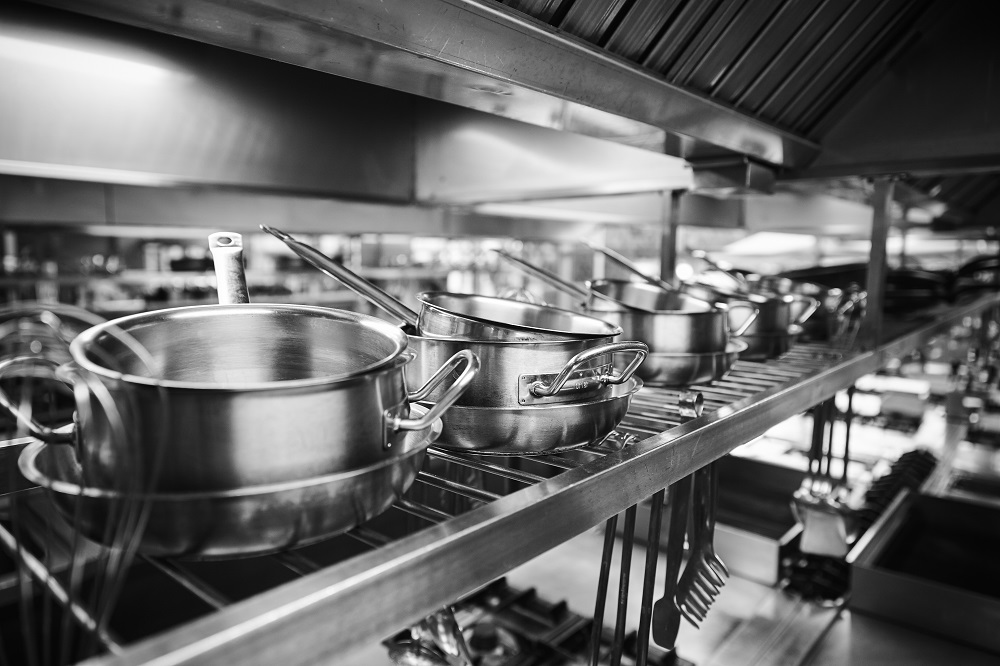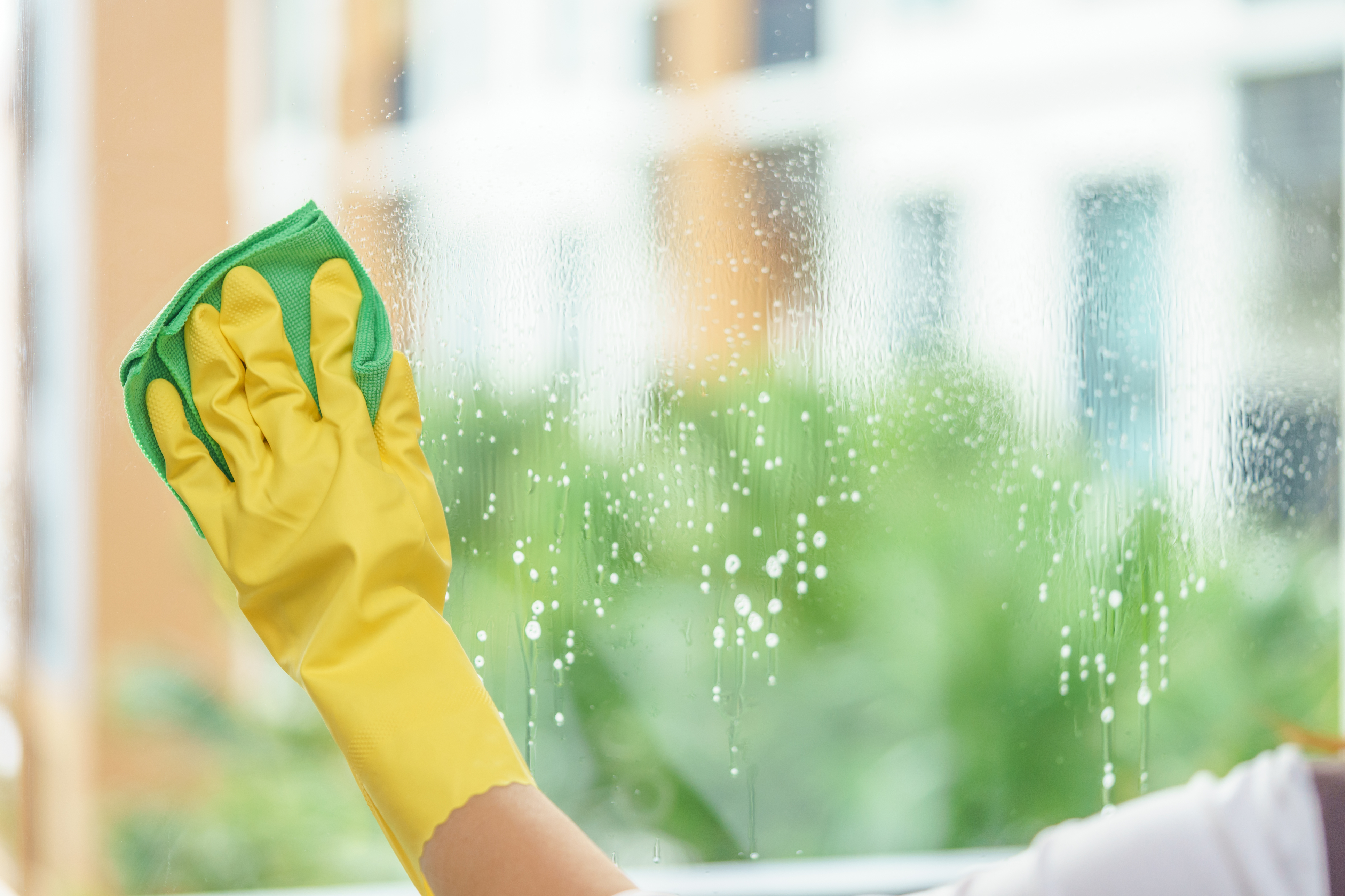
I first commenced employment within the cleaning industry in 2001. Back then the term Hazard Analysis and Critical Control Points (HACCP) was rarely heard of within the cleaning industry.
I had first commenced my career as a food microbiologist in 1994 and when completing cleaning related risk assessments within food processing facilities I felt confident that my background with HACCP was very useful.
Over time the concept of HACCP has gained momentum within the cleaning industry where many organisations are opting to become certified to certain food safety standards.
Last year I wrote an article covering HACCP and some new terms VACCP and TACCP. With another food safety term coming to light on the Australian market – HARPC (Hazard Analysis and Risk-Based Preventative Controls), this article will introduce this new term and refresh readers on terms previously covered.
Hazard Analysis Critical Control Point (HACCP)
HACCP was first developed by NASA in the 1960’s to prevent astronauts from contracting food poisoning in space. It then evolved and become a cornerstone in the food industry and eventually found its way into the cleaning industry.
HACCP is a process that needs to be strictly followed in order for it to work effectively. The HACCP system can be best described in seven steps:
- Hazard analysis
- Critical control points (CCPs) identification
- Establishing critical limits at CCPs
- Monitoring critical limits
- Establishing corrective actions when CCPs control is lost
- Verifying that the HACCP system is working effectively
- Use of documentation and records relating to the process.
The HACCP system provides a method of identifying and assessing potential hazards in food processing/production and establishing preventative control procedures for those hazards.
In recent years, a number of high-profile cases of deliberate food contamination have occurred that HACCP could not prevent. This has led to the development of TACCP and VACCP.
Threat Assessment Critical Control Point (TACCP)
TACCP is best summarised below:
- Prevention of malicious threats to food, such as extortion, sabotage or terrorism.
- Prevention of intentional adulteration whether behaviourally or ideologically motivated.
- The main generic threats are malicious contamination with toxic materials, misuse of food and drink materials, and sabotage of the supply chain for terrorist or criminal purposes. An attack should it be successful may disrupt business, have adverse effects on brands, and may lead to serious illness or death.
Vulnerability Assessment Critical Control Point (VACCP)
VACCP is best summarised below:
- Prevention of economically motivated food fraud.
- Preventing the deception of consumers using food products, ingredients and packaging for economic gain which may include unapproved enhancements, misbranding, substitutions and use of stolen goods etc.
- The UK horsemeat scandal is an example where customers were defrauded by adding horsemeat to batches of beef labelled as pure beef.
Hazard Analysis and Risk-Based Preventative Controls (HARPC)
In my experience with the cleaning industry, HARPC is not a common term used in Australia – yet.
However, with the term HACCP and sometimes VACCP and TACCP being occasionally raised then it’s likely a knowledge of HARPC may be useful in future.
HARPC is a preventative control system with a broad food safety hazard-based assessment process considering risks such as:
- Naturally occurring hazard/s
- Unintentionally introduced hazards
- Intentionally introduced hazards
- Biological, physical, chemical and radiological hazards
- Natural toxins, pesticides, drug residues, parasites, allergens, decomposed materials, and unapproved food and colour additives.
There are seven steps to HARPC:
- Assess the hazards.
- Implement preventative controls.
- Monitor control effectiveness.
- Establish corrective action measures.
- Establish verification measures.
- Ensure proper record keeping.
- Re-analysing the plan as required, or as required by standards/legislation.
If cleaning a food production facility, an area that a cleaning organisation may be required to become involved in is implementation of preventative controls.
For example, in consultation with the client sanitation procedures may require revision, resulting in further training, monitoring and verification procedures etc.
Final thoughts
When cleaning around food areas it is important to have a HACCP program in place and liaise closely with the client to ensure they are happy with the program and it is a good fit with their regime.
As the concepts of TACCP, VACCP and HARPC grow alongside HACCP then I would expect food related clients to be more careful about those working (and cleaning) within their food supply and processing chains.
I wouldn’t be surprised if clients call for greater supervision of cleaners and more detailed pre-employment screening.
It is important to remember that in most cases the cleaning process is one step removed from the food handling process.
I hope this article has shed some light on these emerging HACCP associated concepts (TACCP, VACCP and HARPC) and better prepares cleaning organisations to expect tighter requirements from clients in order for cleaners to comply with their food safety systems.
Dr Denis Boulais is national risk manager at Broadlex Services
This first appeared in the November/December issue of INCLEAN magazine
Comment below to have your say on this story.
If you have a news story or tip-off, get in touch at info@3.106.117.80.
Sign up to INCLEAN’s newsletter.






Please provide the examples of HACCP, TACCP. VACCP and HARPC from food industry to make it simple.